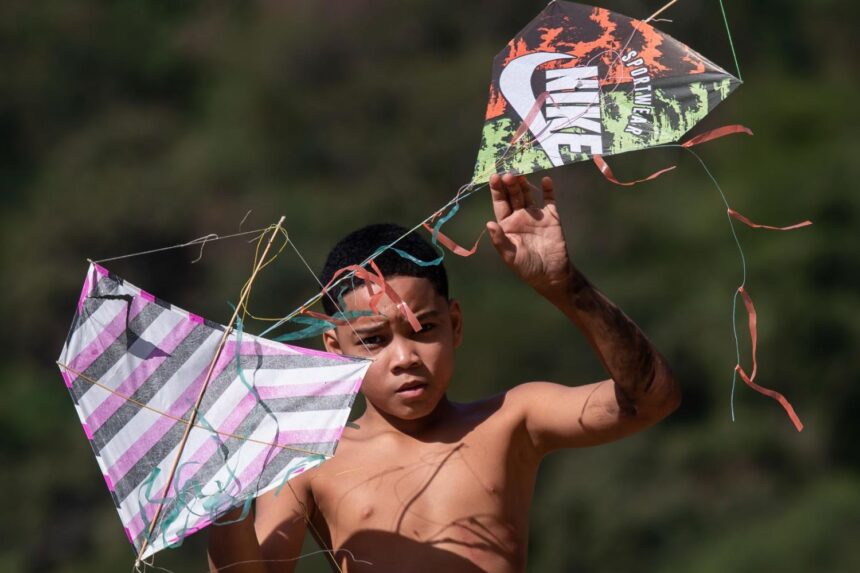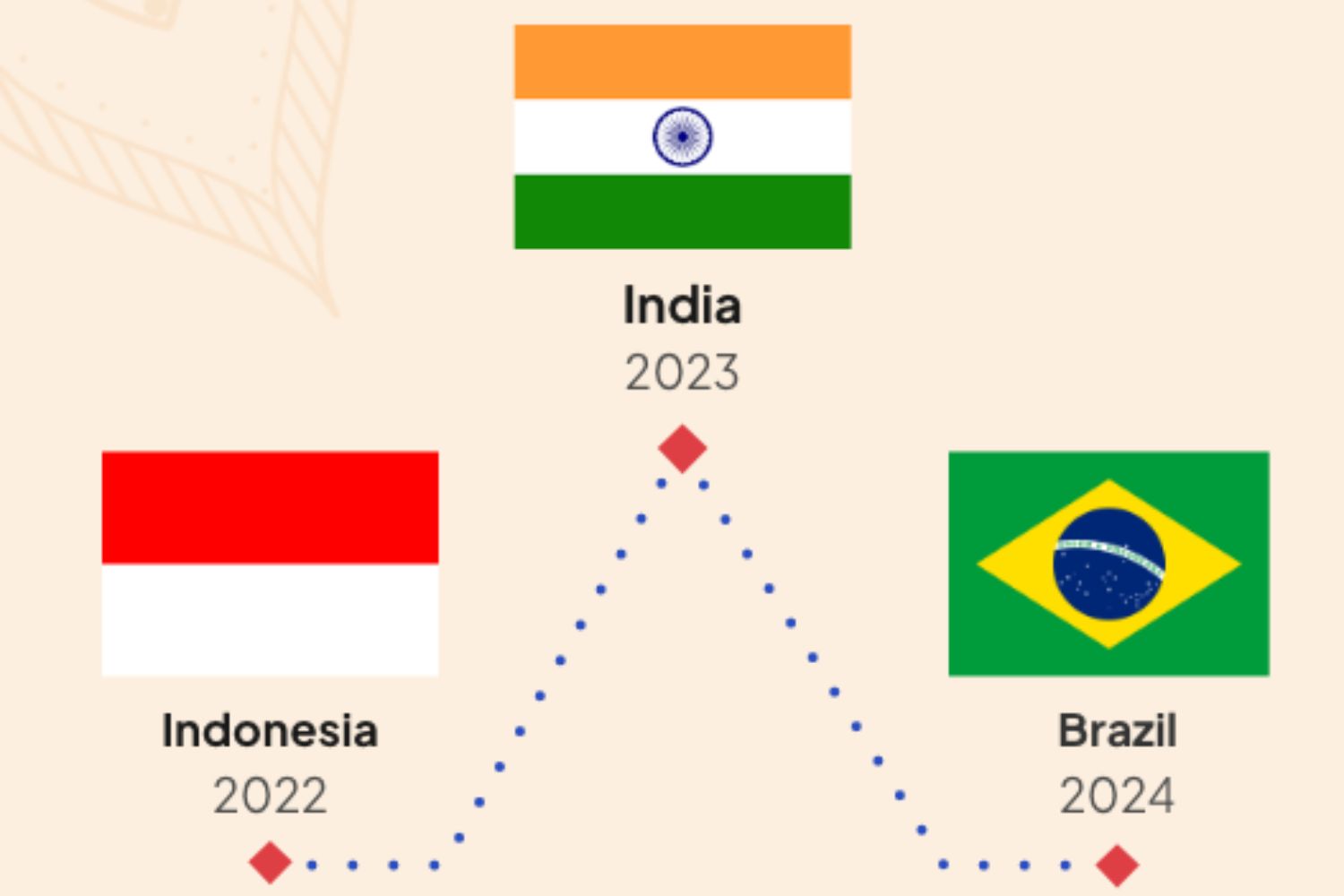Kite fighting, known as “cerol” in Portuguese, is more than just a pastime it’s a vibrant and deeply rooted tradition that has captured the hearts of Brazilians for generations. The practice of kite fighting involves participants flying kites with the intention of cutting the strings of their opponents’ kites using their own. This competitive activity has evolved from a simple childhood game to a cultural sport that embodies creativity, skill, and community spirit.
Kite flying has a long history in Brazil, with its origins traced back to the influence of Asian and African cultures. The practice was brought to Brazil by immigrants and has since become an integral part of Brazilian culture. Historically, kites were flown as part of religious and spiritual rituals, but over time, kite flying transformed into a popular recreational activity, particularly in urban areas.
In Brazil, kite fighting,is often associated with the country’s youth, particularly in the favelas (informal settlements). These communities have embraced kite fighting to express their creativity and to engage in friendly competition. The favelas, often characterised by poverty and social challenges, have turned kite fighting into a symbol of hope and resilience.
For many children and adolescents, flying kites is a way to escape the harsh realities of their environment and to find joy in a simple, yet thrilling, activity. Kite fighting is also a reflection of Brazilian society’s deep connection to the outdoors. The activity is often enjoyed in open spaces such as beaches, parks, and rooftops, where participants can experience the freedom of the wind and the beauty of the sky. The sight of colourful kites dotting the skyline is a common and cherished image in many Brazilian cities.
The essence of kite fighting lies in the skill and technique of the participants. Unlike traditional kite flying, where the goal is to keep the kite aloft for as long as possible, kite fighting requires precision, strategy, and quick reflexes. The objective is to cut the string of an opponent’s kite using one’s own kite string, which is often coated with a mixture of glue and ground glass, known as “cerol.” This abrasive coating gives the string its cutting ability, making it a formidable tool in the hands of a skilled kite fighter.
Creating a pipa kite involves a combination of craftsmanship and innovation. The kites are typically handmade, with participants selecting materials such as lightweight bamboo for the frame and durable paper or plastic for the sail. The design of the kite is crucial, as it must be aerodynamic and responsive to the wind. The shape and size of the kite can vary, with some fighters preferring smaller, more agile kites, while others opt for larger kites that can generate greater force.
The use of cerol-coated string is a key element in kite fighting, but it also introduces a level of danger. The sharp string can cause serious injuries to both participants and bystanders, leading to calls for regulation and safer practices. In response, some regions in Brazil have implemented laws banning the use of cerol, encouraging kite fighters to use alternative materials such as waxed string or synthetic lines. Despite these regulations, cerol remains popular amongst many kite fighters due to its effectiveness in cutting opponents’ strings.
Kite fighting in Brazil is more than just a recreational activity; it has a significant social and economic impact on the communities where it is practised. In many favelas, kite making and kite fighting have become small-scale industries, providing income for families who sell kites and related materials. Local artisans and entrepreneurs often set up shops or street stalls, offering a variety of kites, strings, and other accessories to enthusiasts.
The competitive nature of kite fighting has also given rise to organized tournaments and events, where participants can showcase their skills and compete for prizes. These events are often community-driven, with local sponsors and organisations supporting the competitions. For many young participants, winning a kite-fighting tournament is a source of pride and recognition within their community.
Moreover, kite fighting has become a means of socialisation and community building. The activity brings people together, fostering a sense of camaraderie and mutual respect amongst participants. In a country as diverse as Brazil, kite fighting transcends social and economic barriers, uniting people from different backgrounds in a shared passion.
Despite its cultural significance, kite fighting in Brazil is not without its challenges and controversies. One of the most pressing issues is the safety risk posed using cerol-coated strings. These strings can cause severe injuries, particularly to motorcyclists and pedestrians who accidentally encounter them. Reports of accidents and fatalities have led to increased scrutiny and regulation of kite fighting practices.
As Brazil continues to evolve, so too does the practice of kite fighting. Traditional methods and techniques remain popular, there is a growing interest in modernising the sport and making it safer and more accessible. Innovations in kite design, materials, and technology are transforming the way kite fighting is practised, allowing for greater creativity and diversity in the sport.
An introduction of lightweight, durable materials such as carbon fibre and ripstop nylon has revolutionised kite construction, making kites more resilient and easier to manoeuvre. Advances in string technology have also led to the development of safer alternatives to cerol, such as coated polyester lines that offer cutting capabilities without the associated risks.














Thank you for your sharing. I am worried that I lack creative ideas. It is your article that makes me full of hope. Thank you. But, I have a question, can you help me?